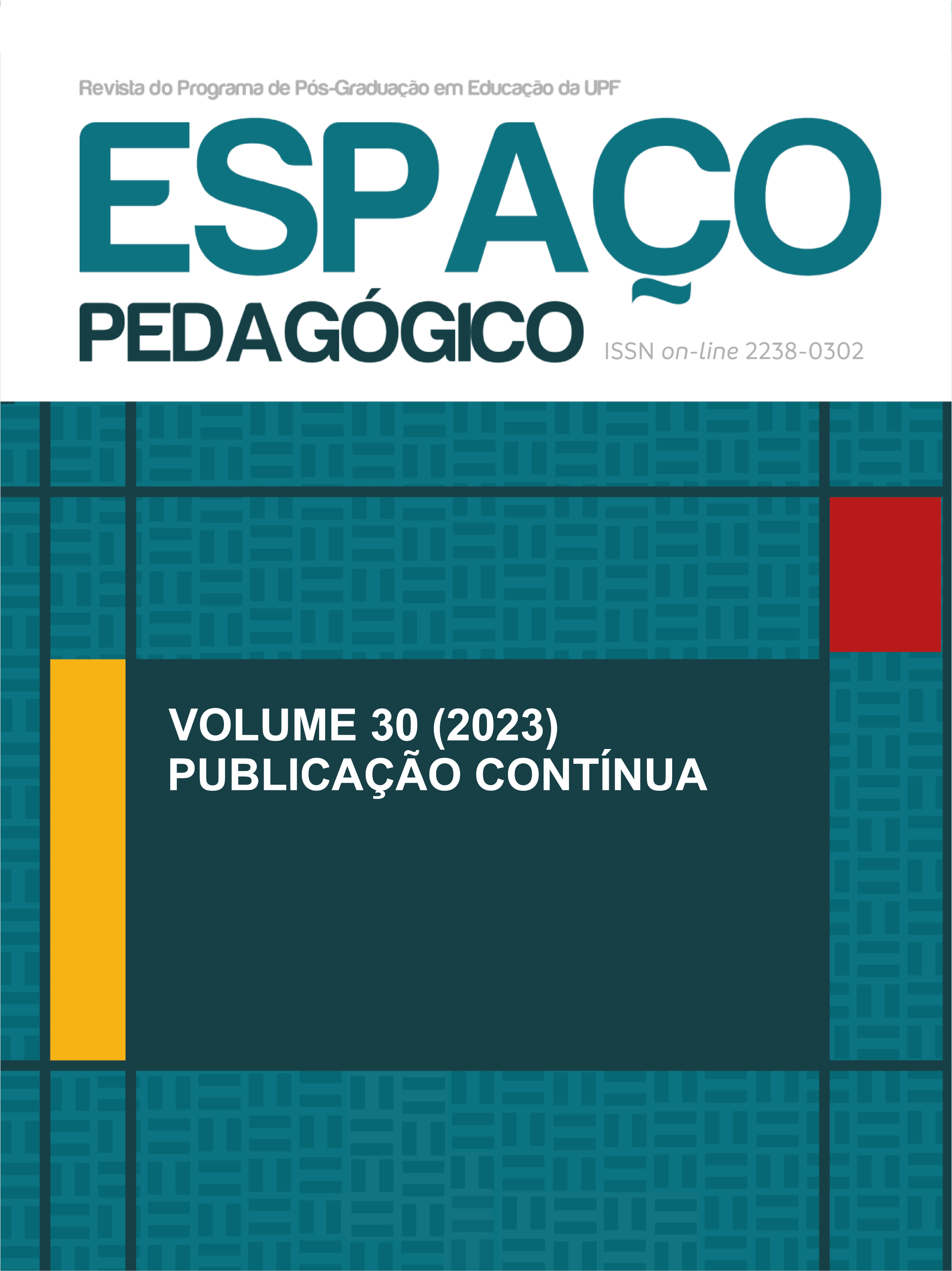Metodologias ativas no ensino-aprendizagem da composição plástico-formal e estética do edifício: reflexões a partir do curso de Arquitetura e Urbanismo da Unochapecó
DOI:
https://doi.org/10.5335/rep.v30i0.14209Keywords:
Active methodologies, Teaching learning, Plastic-formal compositionAbstract
The objective of this article is to present the results of the application of two active methodologies in the teaching-learning process of the theories of building analysis. They are apply in Evaluation 02 of the Curricular Component Plastic-Formal Composition and Esthetics: from the vanguards to the contemporaneity of the first period of the matrix by competences of the Course of Architecture and Urbanism ***. The study investigate on the issue of how active methodologies reveal themselves as facilitators of understanding building analysis theories. The corpus of this qualitative research, in addition to more theoretical discussions is a reflection on the application of the active methodologies Gamification and Case Study and on the evaluation of their effectiveness in the teaching-learning process of the theories of Frank Ching (2013), Roger H. Clark and Michael Pause (1997) and Simon Unwin (2015). The results show that the biggest challenge, and learning, both for teachers and students, is the transformation of teaching learning from transmission to mediation of knowledge, a more significant process. In this context capturing the socio-educational change necessary to carry out teaching for the development of competences and applying it in the day-to-day classes is not an easy step, and even less does it mean that it is possible without a lot of dedication and commitment.
Downloads
Downloads
Published
Issue
Section
License

This work is licensed under a Creative Commons Attribution 4.0 International License.




